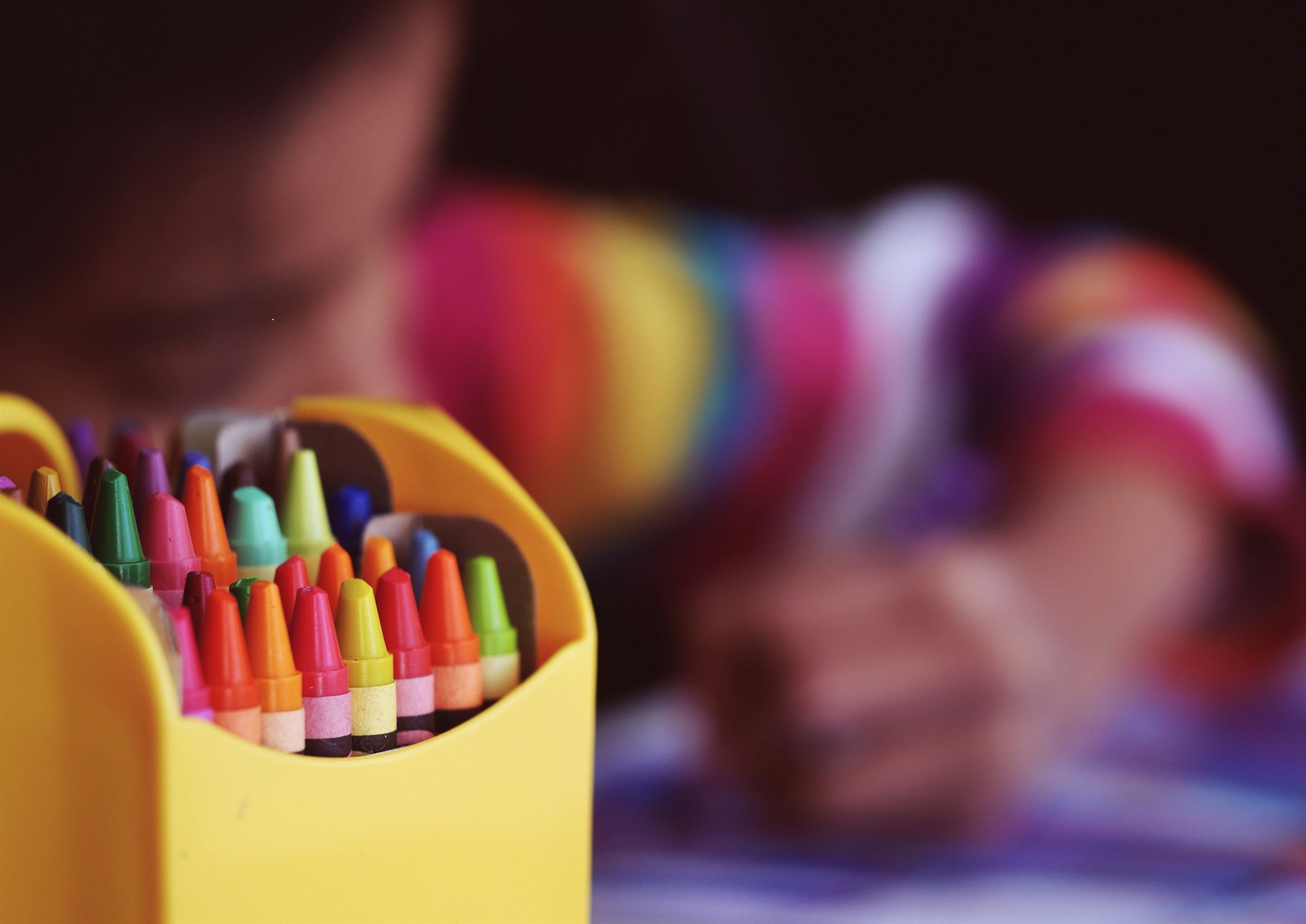
Autism Spectrum Disorder
Autism is a neurodevelopmental disorder that affects how people communicate and interact with others and the world around them. It’s lifelong — you don’t grow out of it.
Autism often co-occurs with other conditions, like ADHD and learning disabilities. They share common challenges with social skills and communication, including:
Trouble reading nonverbal cues or picking up “unwritten” social rules
Difficulty participating in conversation
Not always being able to modulate (control how loud you speak, or in what tone)
Taking language literally and not always understanding puns, riddles, or figures of speech
Another common sign is what’s known as stereotyped behavior. This may look like having a “special interest” around a certain topic or object. Or it can refer to repetitive behaviors and movements like:
Arm flapping or rocking (sometimes called stimming)
Repeating certain sounds or phrases (sometimes called echolalia)
There’s a lot of variation in how autism presents from person to person. Some people communicate by speaking. Others use nonverbal communication. There’s also a wide range in intellectual and self-care abilities. An autism diagnosis reflects this by using Support Levels of 1, 2, or 3. These levels show how much support a person needs, with 3 as the highest level.
People talk about autism in different ways. Doctors and schools often use the term autism spectrum disorder (or ASD) and person-first language (“a person with autism”). Some people with the diagnosis prefer identity-first language and may call themselves autistic.
Rather than calling autism a disorder, some in the autism community embrace neurodiversity. This concept says conditions like autism are neurological variations that are simply part of human difference.
-
Offers sample template letters to communicate with school, informational video recordings.
-
Offers a website for families to learn about school options in the City of Rochester.
-
Offers tailored programs and services including social groups, educational workshops, recreational activities, and support groups while promoting acceptance, understanding, and inclusion within the community.
-
Provides some online articles and resource about Autism. Parents and caregivers can connect directly to each other in their Facebook communities.
-
Strives to provide support and resources to empower families with children who have all types of disabilities or special healthcare needs.
-
Offers support and training to educational organizations, families, and communities to improve equity, access, opportunities, and outcomes for all students with disabilities in New York State.
